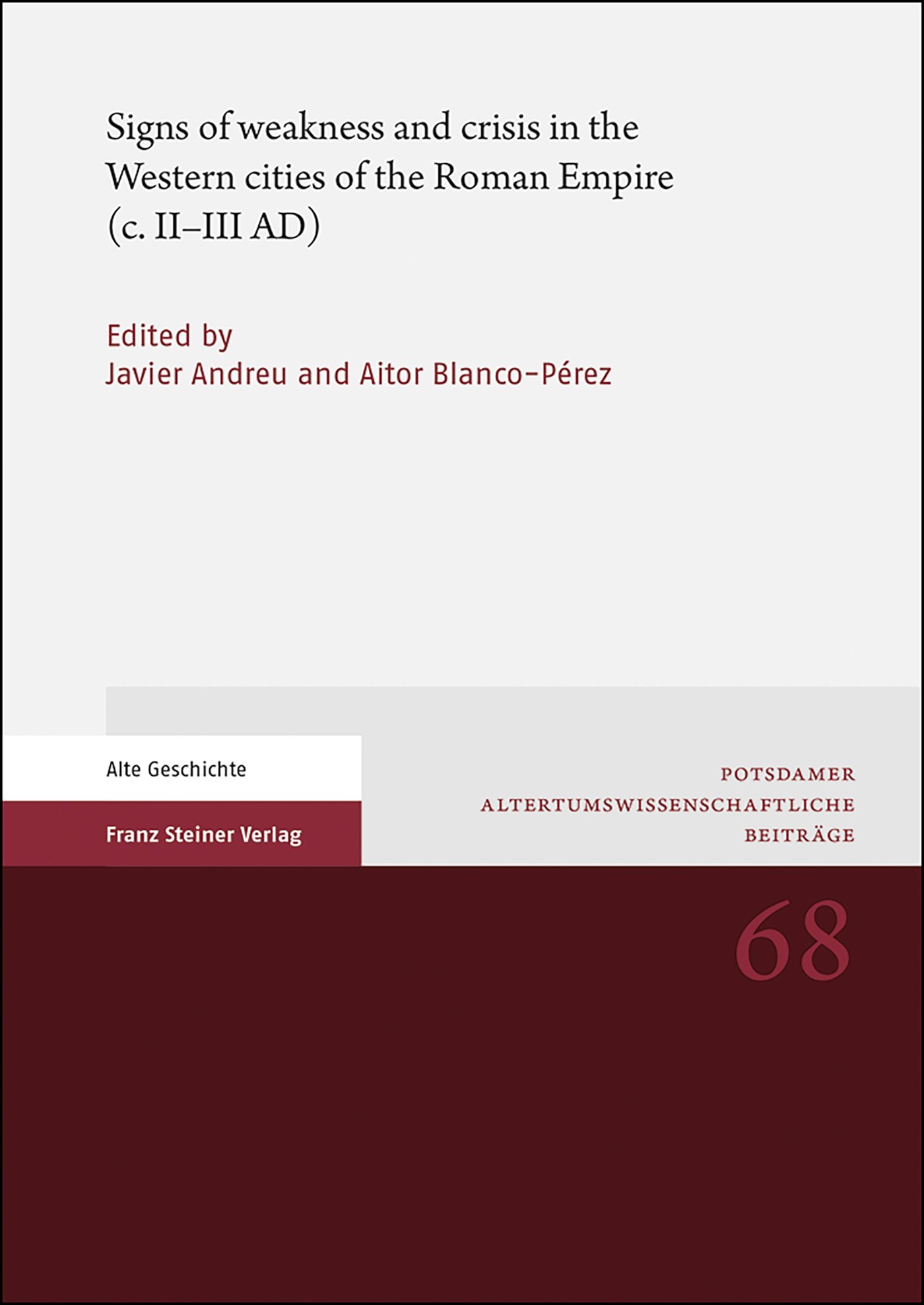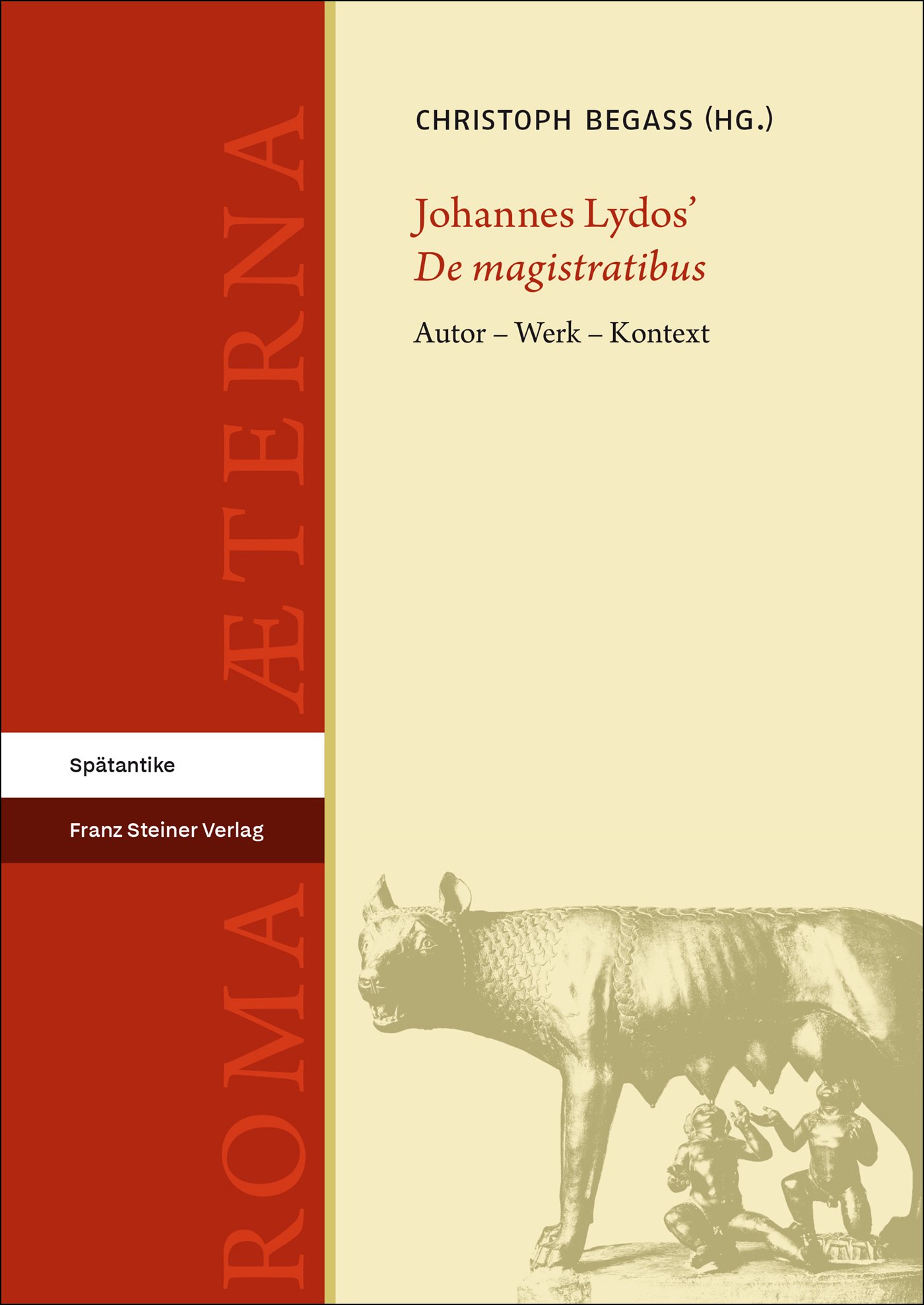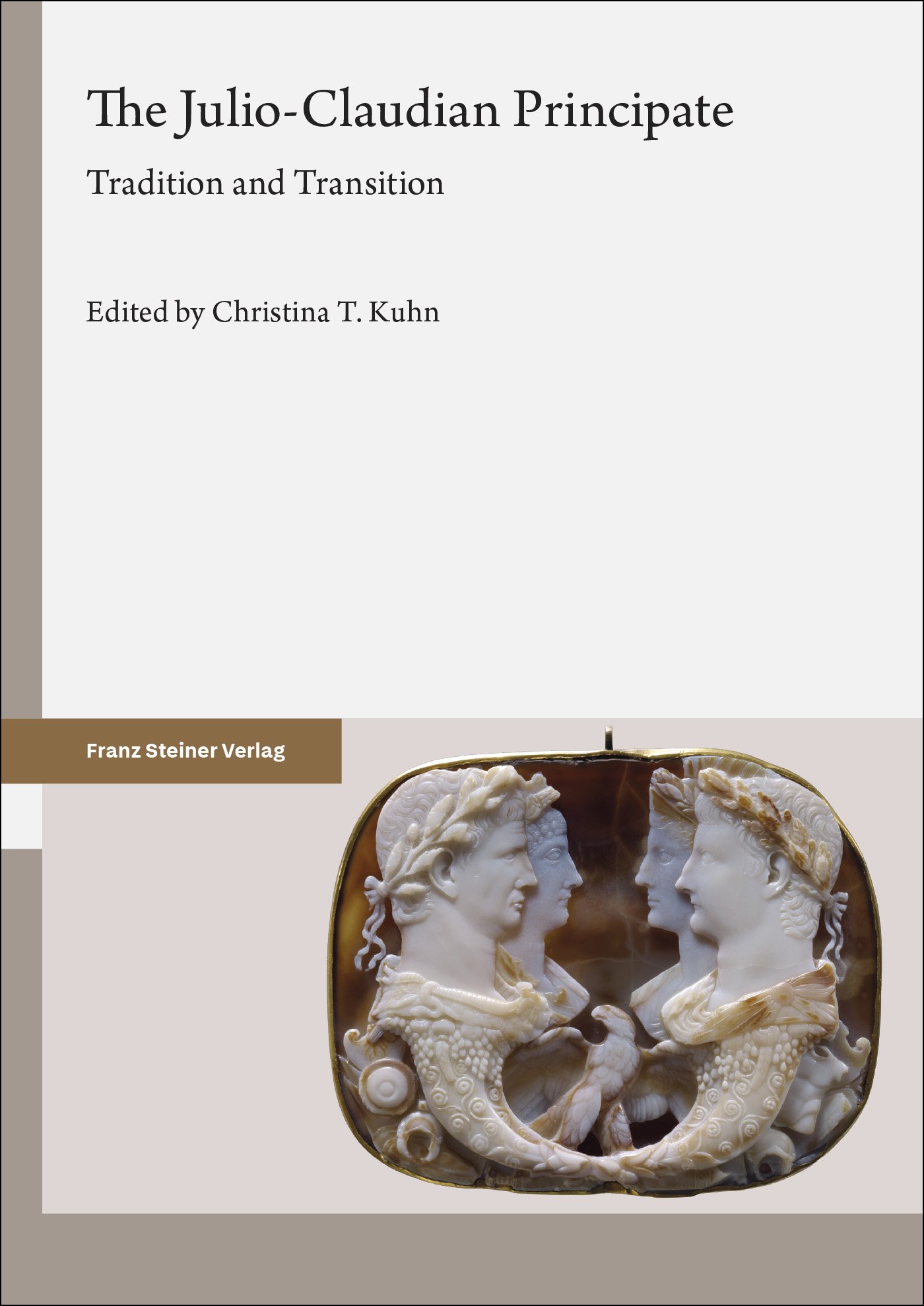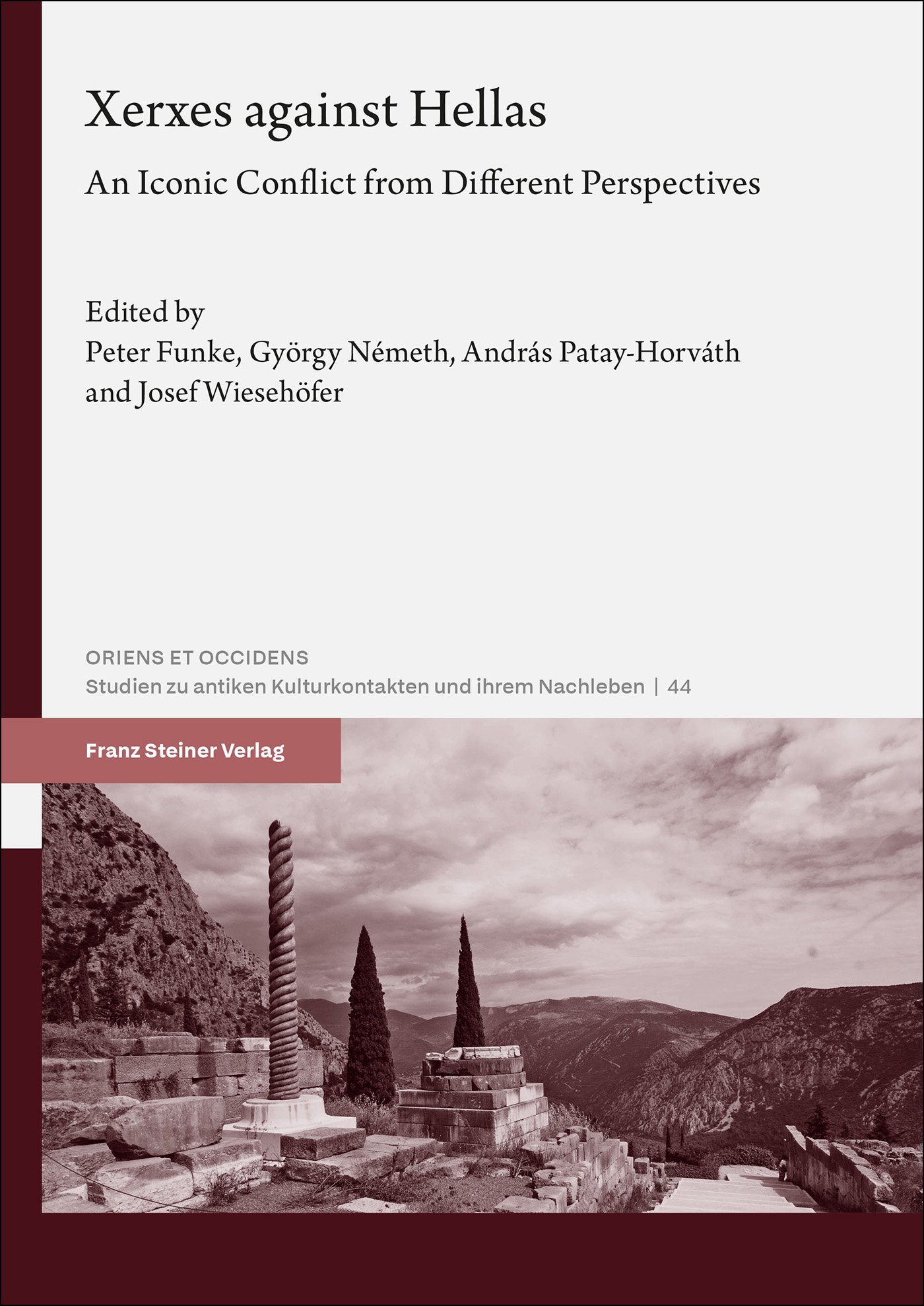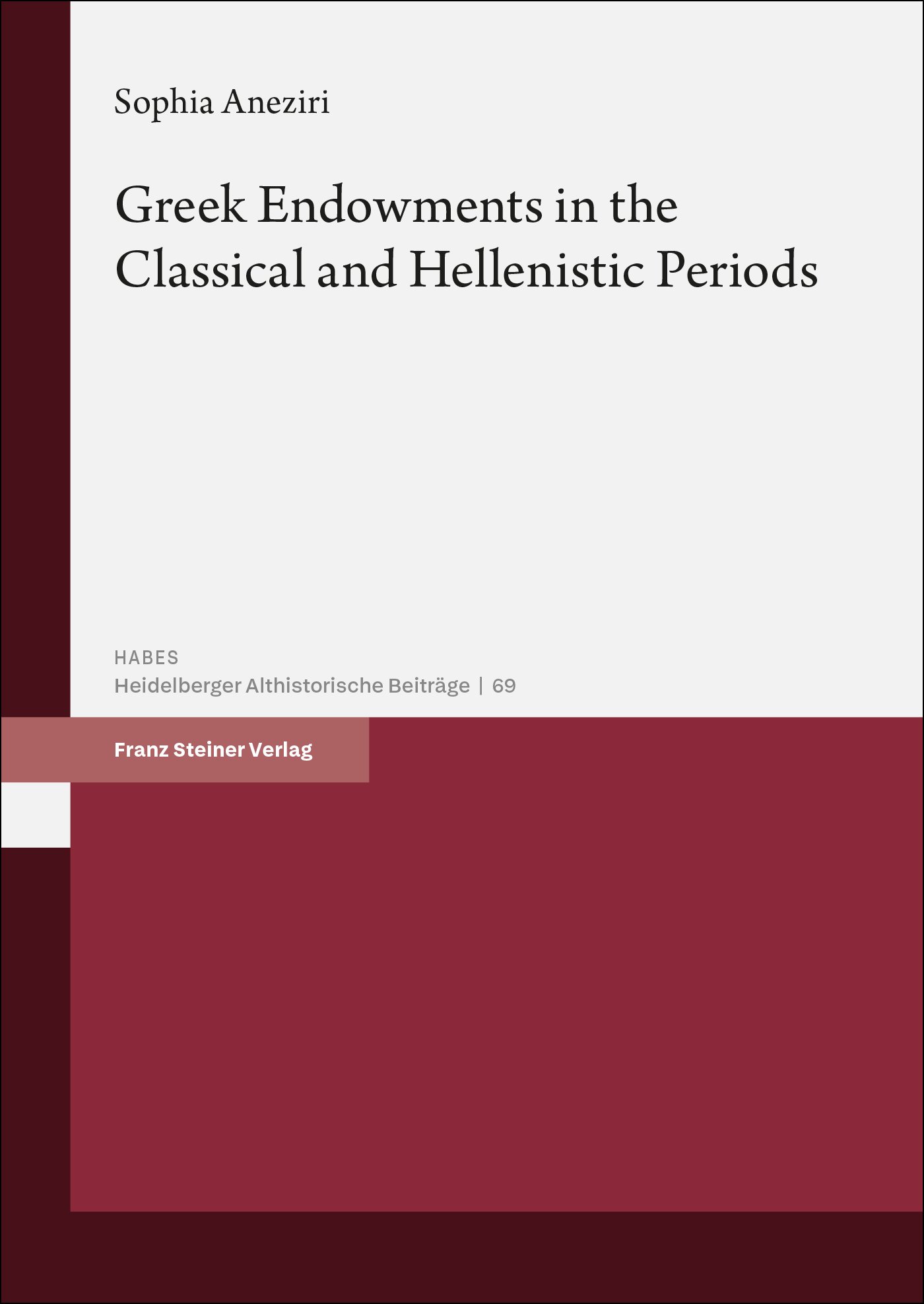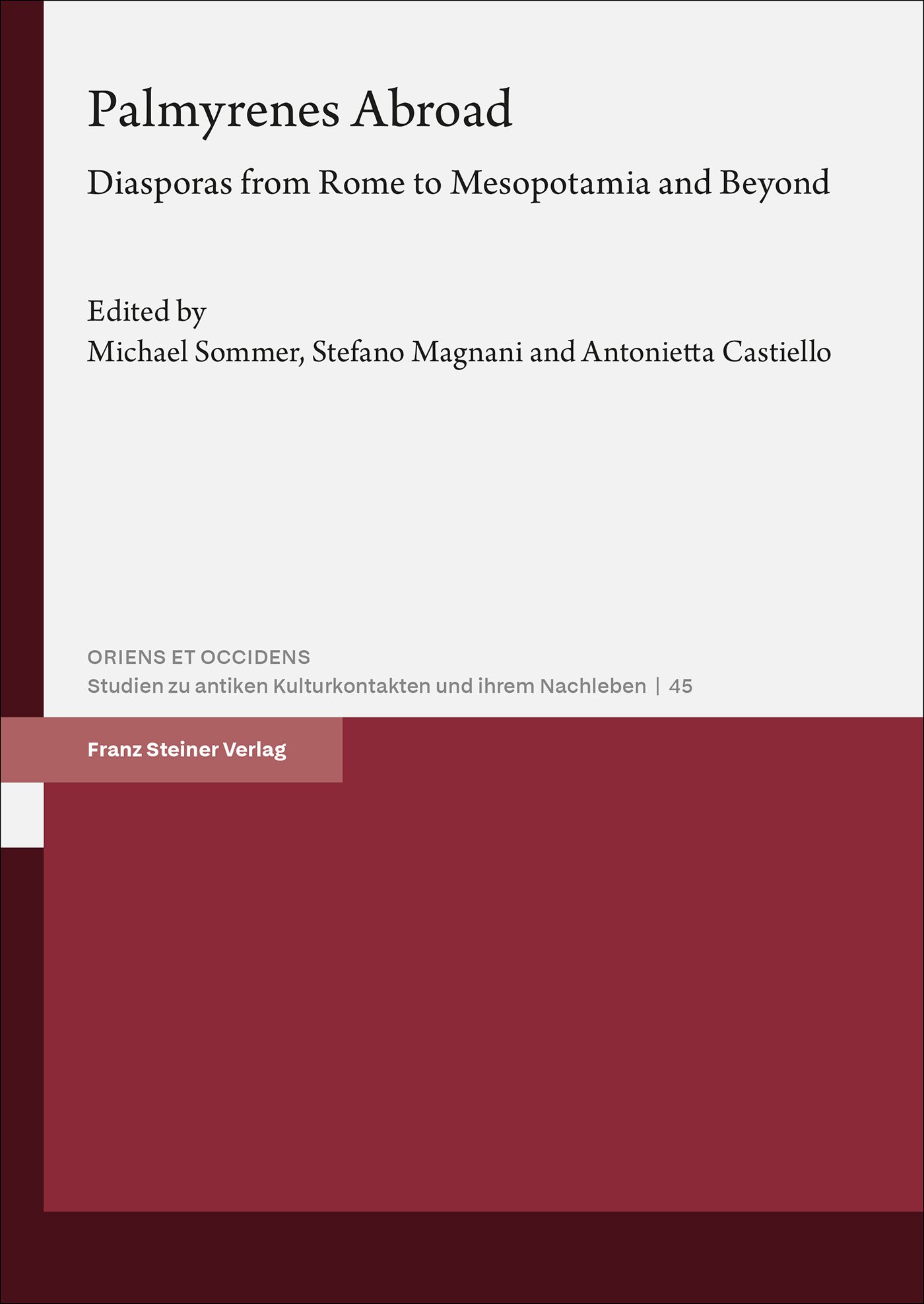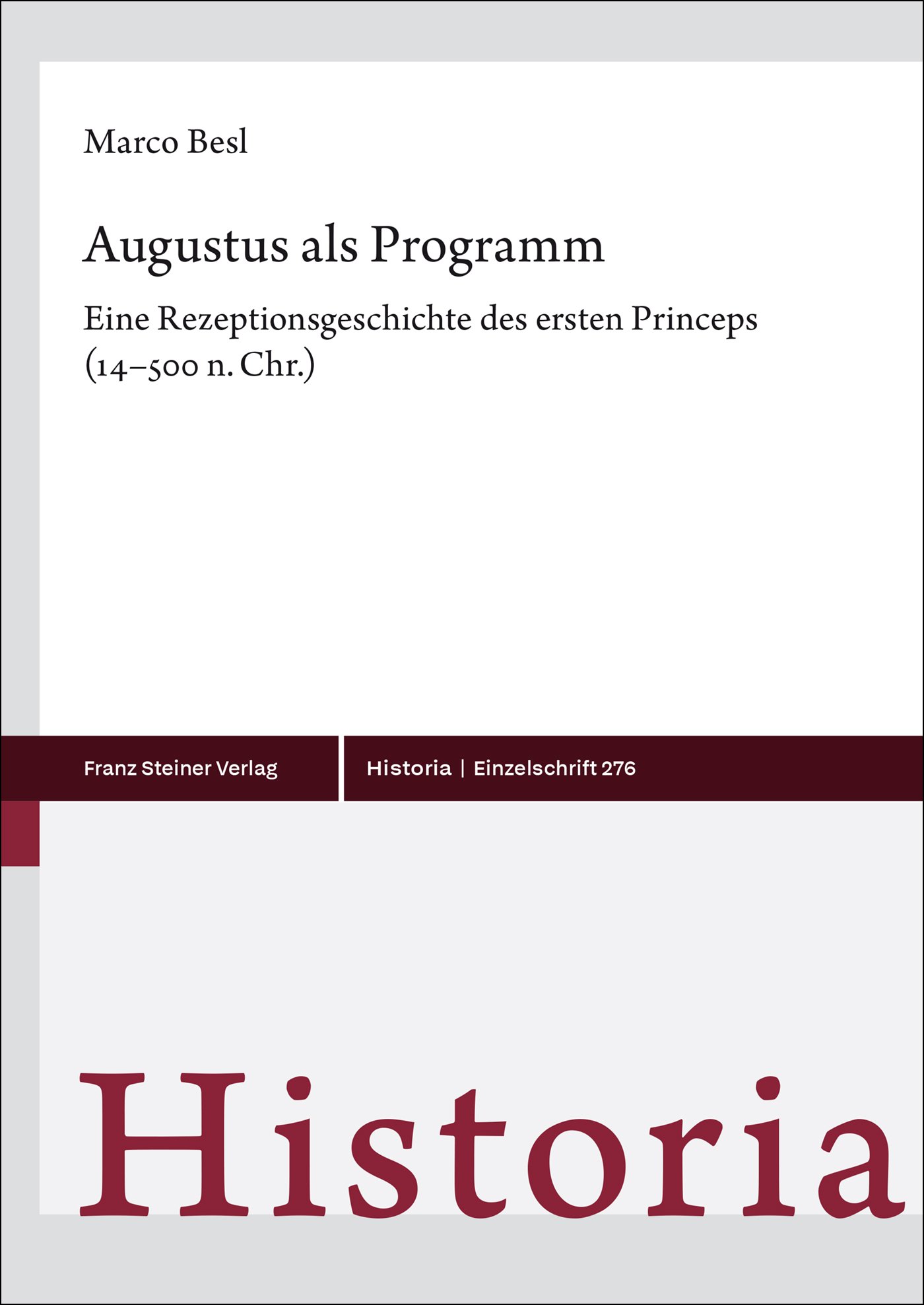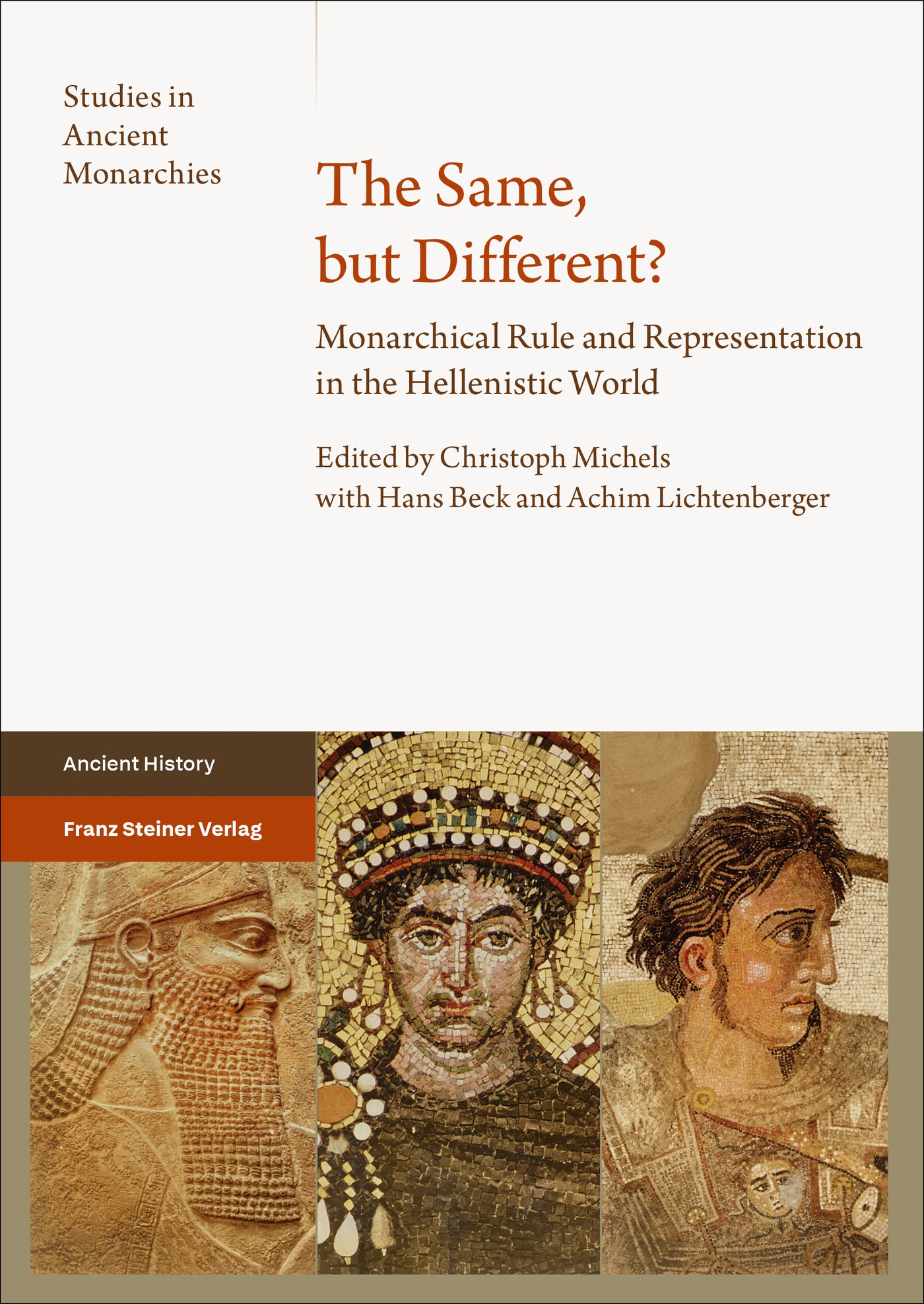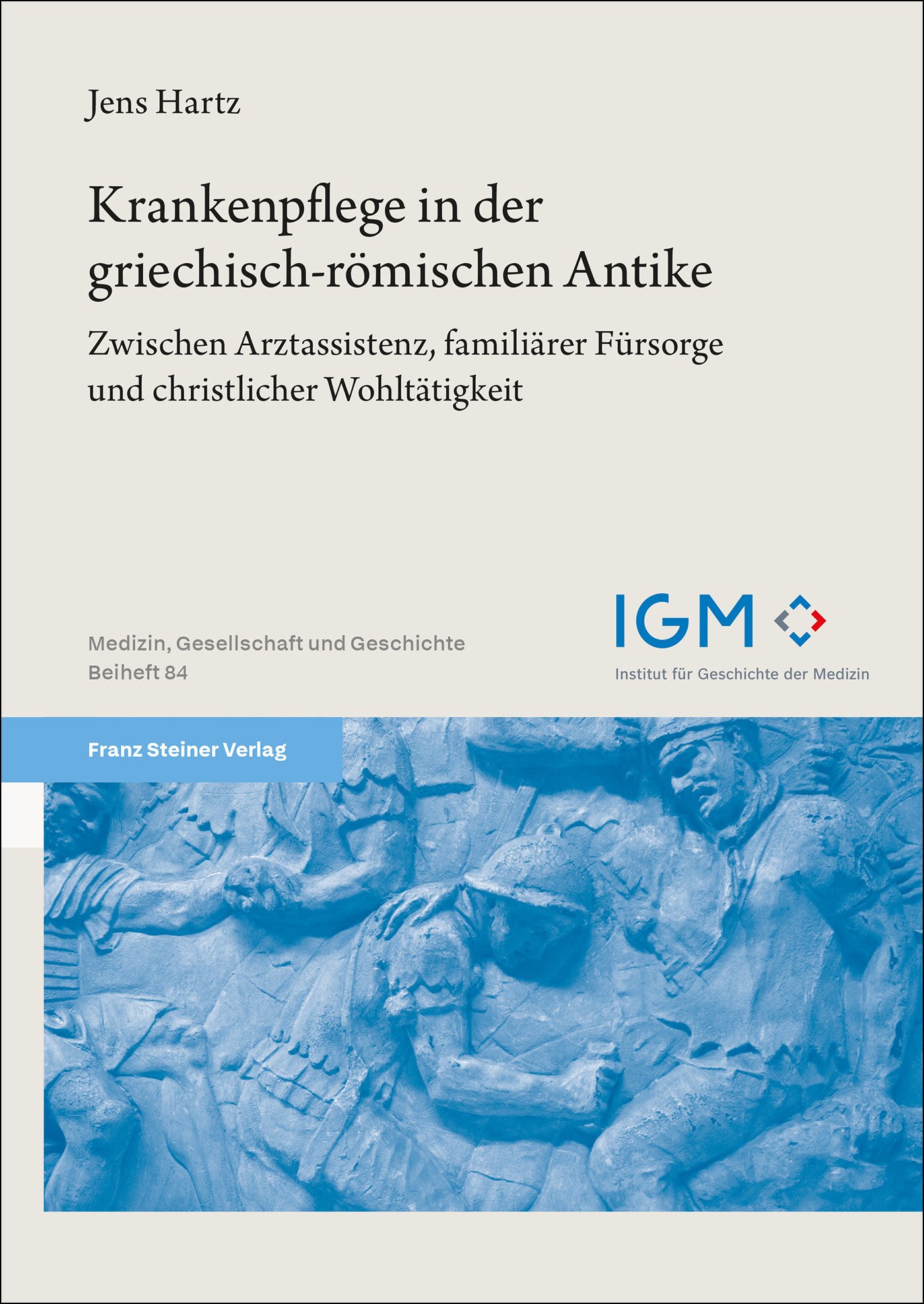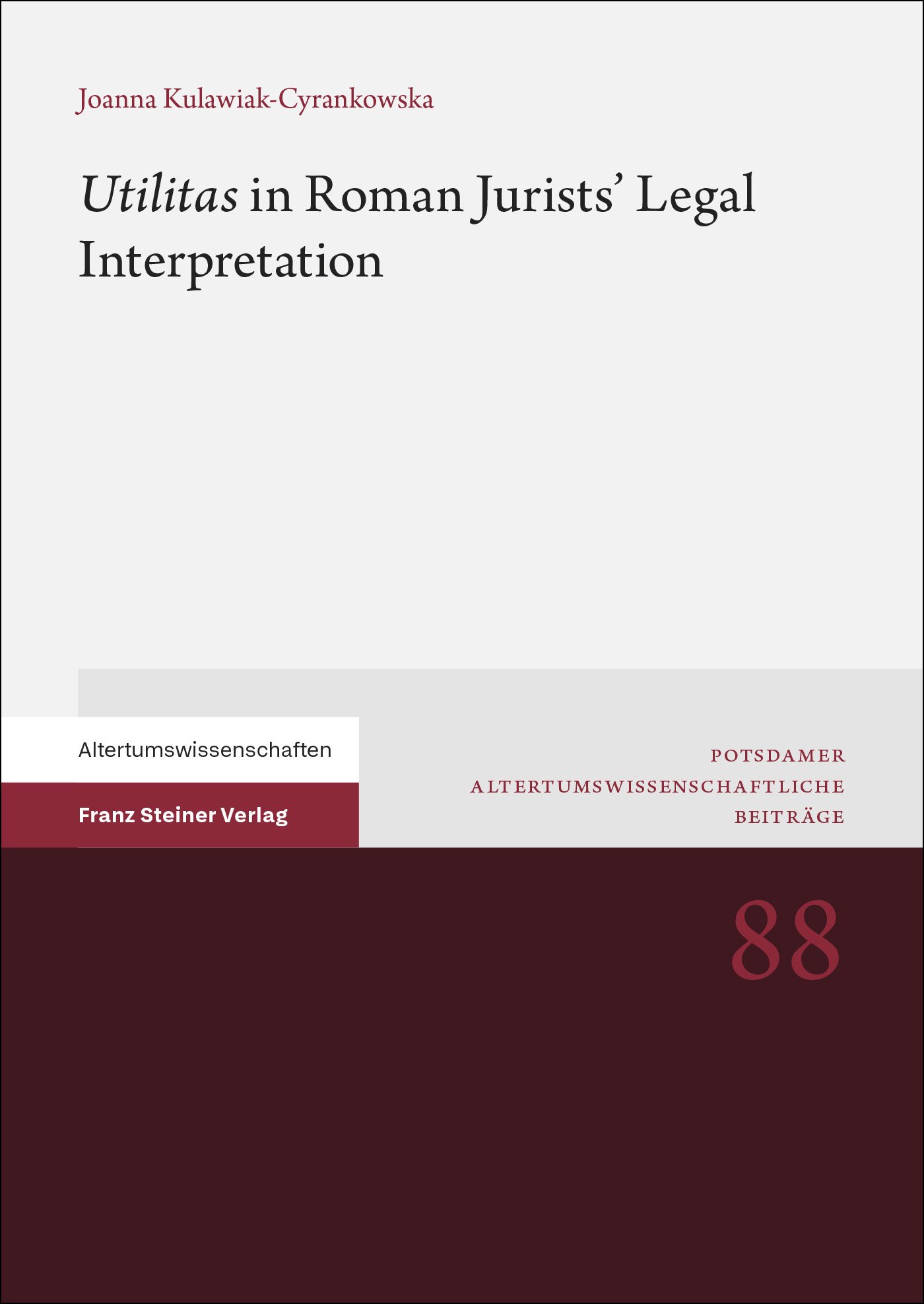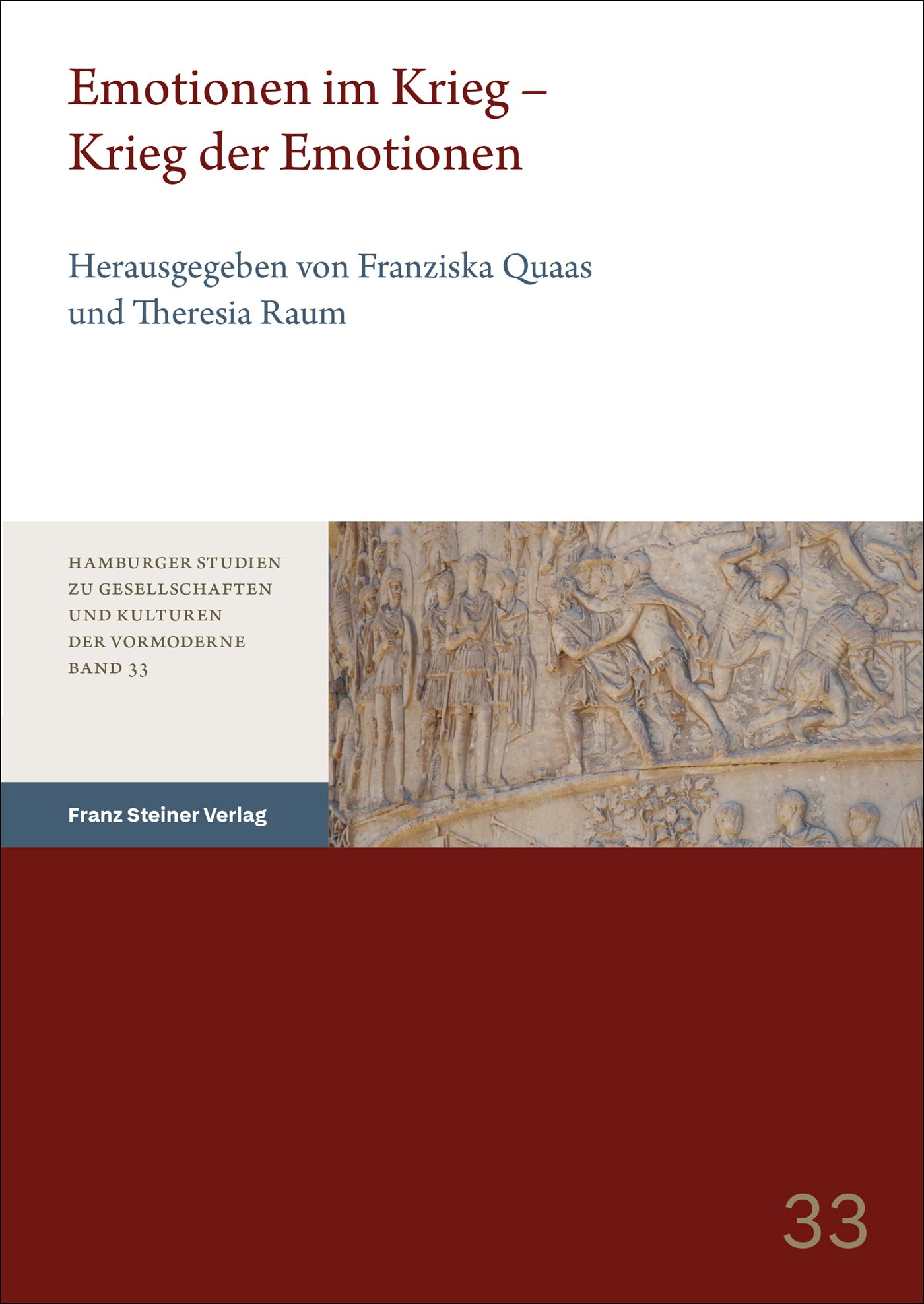Signs of weakness and crisis in the Western cities of the Roman Empire (c. II–III AD)
Signs of weakness and crisis in the Western cities of the Roman Empire (c. II–III AD)
At the end of the 2nd century AD the urban network of the Roman Empire was subject to weakness and crisis. We know this on one hand through decrees from the Flavian era, comments of Pliny the Younger on the financial problems of some cities and on the other hand through notices in the Historia Augusta reporting the existence of oppida labentia – "cities in decline".
In this volume, we discuss some of these issues with the following questions: was the municipal system, at least in the Roman West and, particularly in Roman Spain, a useful and sustainable model of managing local autonomy? Was it a durable system? Were new cities more fragile than others in terms of financial sustainability? What were the causes and the indicators signalling the lack of strength of many urban centres from the 2nd century AD onwards?
In this volume, we discuss some of these issues with the following questions: was the municipal system, at least in the Roman West and, particularly in Roman Spain, a useful and sustainable model of managing local autonomy? Was it a durable system? Were new cities more fragile than others in terms of financial sustainability? What were the causes and the indicators signalling the lack of strength of many urban centres from the 2nd century AD onwards?
| Reihe | Potsdamer altertumswissenschaftliche Beiträge |
|---|---|
| Band | 68 |
| ISBN | 978-3-515-12406-5 |
| Medientyp | Buch - Kartoniert |
| Auflage | 1. |
| Copyrightjahr | 2019 |
| Verlag | Franz Steiner Verlag |
| Umfang | 232 Seiten |
| Abbildungen | 42 s/w Abb. |
| Format | 17,0 x 24,0 cm |
| Sprache | Englisch |
